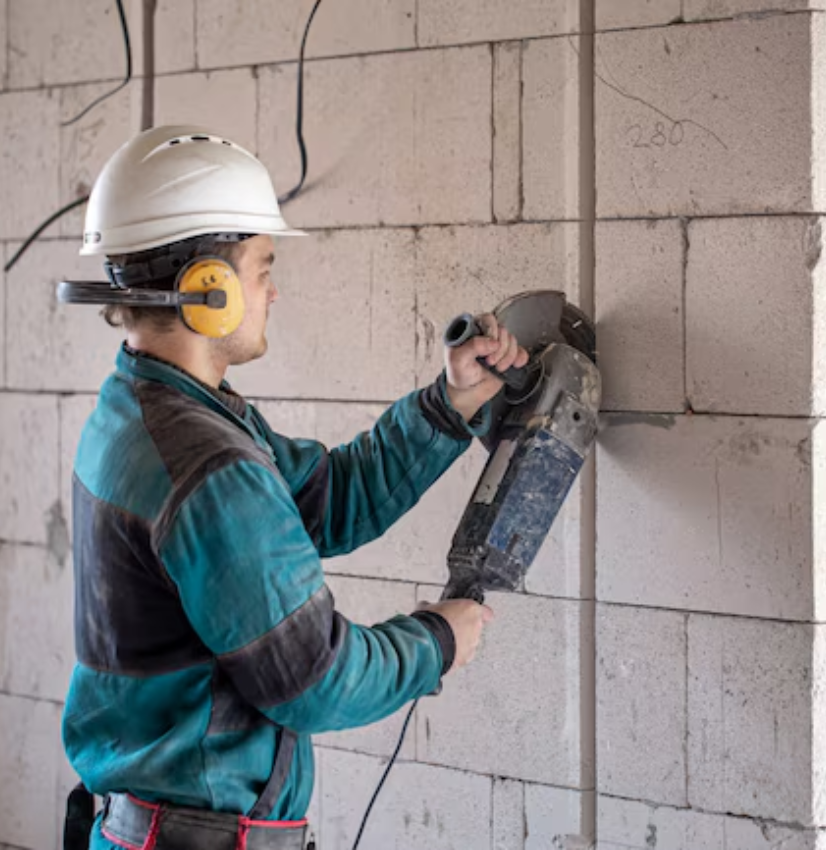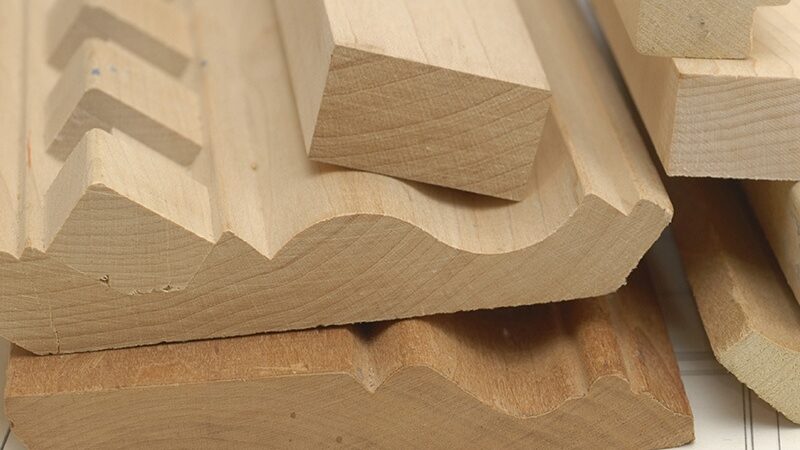From Closed-Off to Open Concept: Expert Structural Wall Removal Services

Imagine a home that radiates openness and light, where each room flows seamlessly into the next, creating a bright and spacious environment. This transformation is often more achievable than people think, and the secret lies in removing barriers—literally! Structural wall removal is a powerful way to modernize a home and redefine its layout. In this article, we’ll explore how professional wall removal services can help you transition from a closed-off layout to an open concept, the benefits it brings, and why hiring experts is crucial for this kind of project.
What is Structural Wall Removal?
Structural wall removal refers to the process of taking down load-bearing walls to create larger, more connected living spaces. Unlike non-load-bearing walls, which simply divide spaces, structural walls support the weight of a building. Removing them isn’t a simple task; it requires careful planning, expertise, and the right reinforcements to ensure the integrity of the entire structure remains intact.
Benefits of Going from Closed-Off to Open Concept
Enhancing Natural Light
One of the most significant advantages of removing structural walls is the influx of natural light it brings. Closed-off rooms often restrict light flow, making spaces feel dim and confined. By removing these barriers, natural light can travel more freely throughout the home, creating a more vibrant and welcoming atmosphere. More sunlight also means less reliance on artificial lighting, which can lead to energy savings.
Improved Flow and Functionality
Another notable benefit of transitioning to an open concept is the improvement in the home’s flow. When walls are removed, rooms that were once divided become a cohesive space. This makes the home feel larger and enhances functionality, especially in common areas like the kitchen, dining, and living rooms. The removal of boundaries encourages social interaction, making it an ideal setup for families and those who enjoy entertaining.
Increased Home Value
An open concept layout is highly appealing to modern homebuyers, who often prioritize spaciousness and flexibility in a living area. By creating a more open and contemporary feel, homeowners can significantly increase the value of their property. It’s an investment that not only improves quality of life but also provides financial benefits when it’s time to sell.
Ideal for Entertaining
For those who love to entertain guests, having an open space is a game-changer. Guests can move freely between the kitchen, dining, and living areas, allowing for easier socializing. Instead of feeling confined to different rooms, everyone can interact comfortably in a unified environment.
Key Considerations Before Removing a Structural Wall
Identifying Load-Bearing Walls
Not all walls are created equal, and knowing the difference between load-bearing and non-load-bearing walls is crucial before undertaking a wall removal project. Load-bearing walls are responsible for holding up the weight of the structure, and removing them without proper support can lead to serious safety issues. To identify a load-bearing wall, professionals use methods such as inspecting the direction of joists, looking at blueprints, or conducting a thorough structural assessment.
Maintaining Structural Integrity
Removing a structural wall isn’t as simple as knocking it down with a sledgehammer—it’s a complex process that involves transferring the weight the wall was bearing to another part of the structure. Professionals often use support beams or columns to redistribute the load safely. If not done correctly, it could compromise the safety of the entire building, making structural integrity one of the top priorities.
Permits and Professional Assessments
Because structural wall removal impacts the building’s safety, acquiring the proper permits is essential. Most local authorities require a detailed plan and approval from a structural engineer to ensure compliance with building codes. This step is vital to avoid legal issues down the road and to ensure that the project meets all safety standards.
The Process of Structural Wall Removal
Initial Assessment
The first step in any structural wall removal project is a thorough assessment by a professional. This assessment often involves determining whether the wall in question is load-bearing and evaluating the best way to safely remove it. This process includes consultations with structural engineers and sometimes involves reviewing the home’s blueprints.
Reinforcement Solutions
Once the assessment is complete, professionals will determine the type of reinforcement needed. This usually involves installing steel or laminated beams to redistribute the load that the wall was supporting. Proper reinforcement is critical in maintaining the home’s structural integrity, and the exact solution depends on factors like the size of the span and the weight the wall was carrying.
Wall Removal and Clean-Up
The actual process of removing the wall begins with preparing the area—this means turning off power or water if necessary and covering nearby surfaces to protect from dust and debris. After careful demolition, the newly opened space may require finishing work, such as drywall, painting, and flooring adjustments. Professionals ensure that once the wall is removed, the area looks clean, seamless, and ready for use.
Expert Tips for Successful Structural Wall Removal
Choosing the Right Professionals
One of the most important factors in a successful wall removal project is hiring the right professionals. Look for contractors who have extensive experience with structural modifications and hold the necessary certifications. A professional with a solid reputation will also provide a realistic assessment of what’s possible in your home and how to achieve your desired outcome safely.
Budgeting the Project
Structural wall removal can be costly, with expenses depending on factors like the size of the wall, required permits, and any reinforcement needed. Typical costs range from $3,000 to $10,000. It’s important to get multiple quotes and make sure that your budget includes potential additional costs such as electrical rerouting, plumbing adjustments, and finishing touches.
Managing the Timeline
A structural wall removal project can take anywhere from one to three weeks, depending on its complexity. To minimize disruption, it’s helpful to create a schedule with your contractor. Planning ahead can also make it easier to manage aspects of daily life that may be impacted during the renovation.
Real-Life Transformations: Case Studies
Family Home Transformation
A family in the suburbs transformed their dark, segmented home into an open, flowing space by removing the wall between their kitchen and living room. This change not only allowed more natural light but also made family gatherings more inclusive, as parents could cook while interacting with children playing in the living area. The renovation also significantly increased the property’s value.
Modern Loft Conversion
In another case, a loft owner used structural wall removal to convert multiple small rooms into an expansive, studio-style space. This transformation gave the loft a modern aesthetic, allowing for better use of space and a more functional layout. The open concept was perfect for entertaining guests and created a relaxed and open vibe.
Why Hire Professionals for Structural Wall Removal?
Safety Concerns
Removing a load-bearing wall is inherently risky if not done correctly. A DIY approach to structural wall removal could result in significant damage to the building and potentially serious injuries. Professionals know how to manage the risks and ensure that every safety measure is taken, making their expertise indispensable for such a project.
Expertise and Equipment
Professionals come equipped with specialized tools and knowledge necessary to handle the complexity of structural wall removal. They understand the different aspects of construction, from reinforcement techniques to finishing touches. Hiring experts saves time, prevents mistakes, and ensures a polished result.
Compliance with Building Codes
Every structural change needs to meet local building codes to ensure safety. Professionals have experience working within these guidelines and can navigate the permitting process. This helps you avoid legal problems and ensures that the finished work is up to code.
FAQs about Structural Wall Removal
Is it possible to remove any structural wall?
Answer: While most structural walls can be removed, certain factors, such as load distribution and architectural constraints, can limit what’s possible. A professional assessment is key to understanding your options.
How much does structural wall removal typically cost?
Answer: Costs can vary widely, typically ranging from $3,000 to $10,000, depending on the complexity of the project, the size of the wall, and any necessary reinforcement.
How long does the removal process take?
Answer: The process usually takes 1-3 weeks, depending on the size of the wall, the complexity of the work, and whether additional support structures are required.
Can I stay in my home during wall removal?
Answer: Yes, although there will be some noise and disruption. Proper planning with your contractor can help minimize the inconvenience during the project.
What happens if the wall has electrical wiring or plumbing inside?
Answer: If the wall contains electrical wiring or plumbing, professionals will reroute these services as needed to maintain the home’s functionality and safety.
Conclusion
Removing a structural wall is a transformative way to modernize your home, allowing more natural light, creating a better flow between rooms, and increasing overall property value. However, this kind of project requires expertise to maintain the integrity and safety of the building. Hiring experienced professionals ensures the removal is done safely, legally, and with a beautiful final result. If you’re ready to open up your home and embrace a more spacious layout, consider consulting with structural wall removal experts today—your dream open-concept living space is closer than you think.



